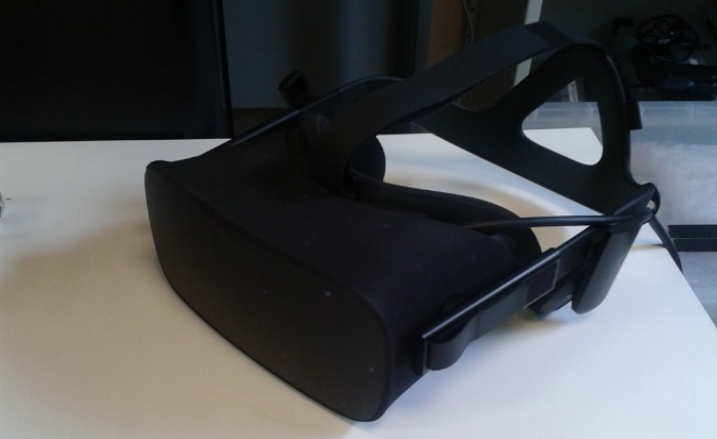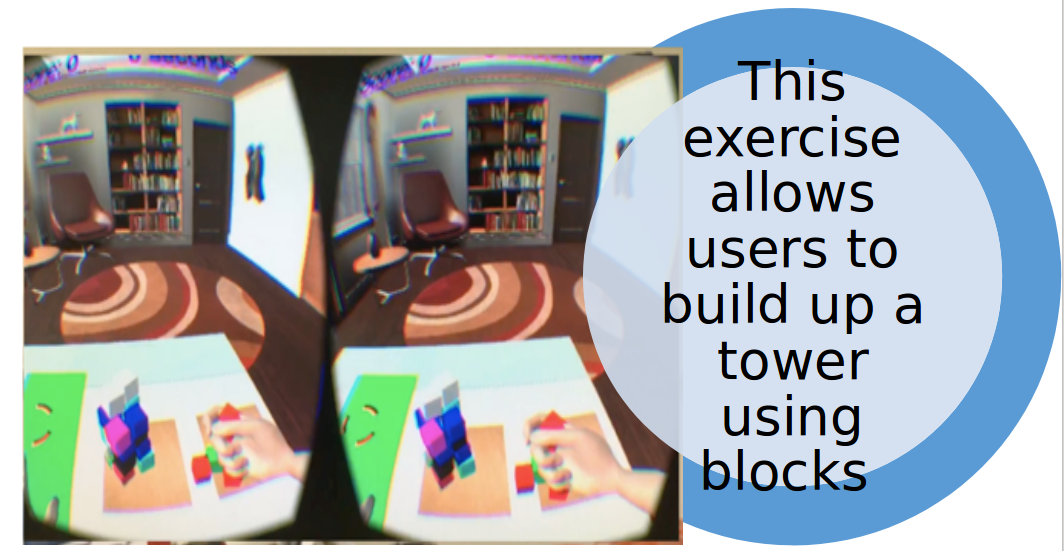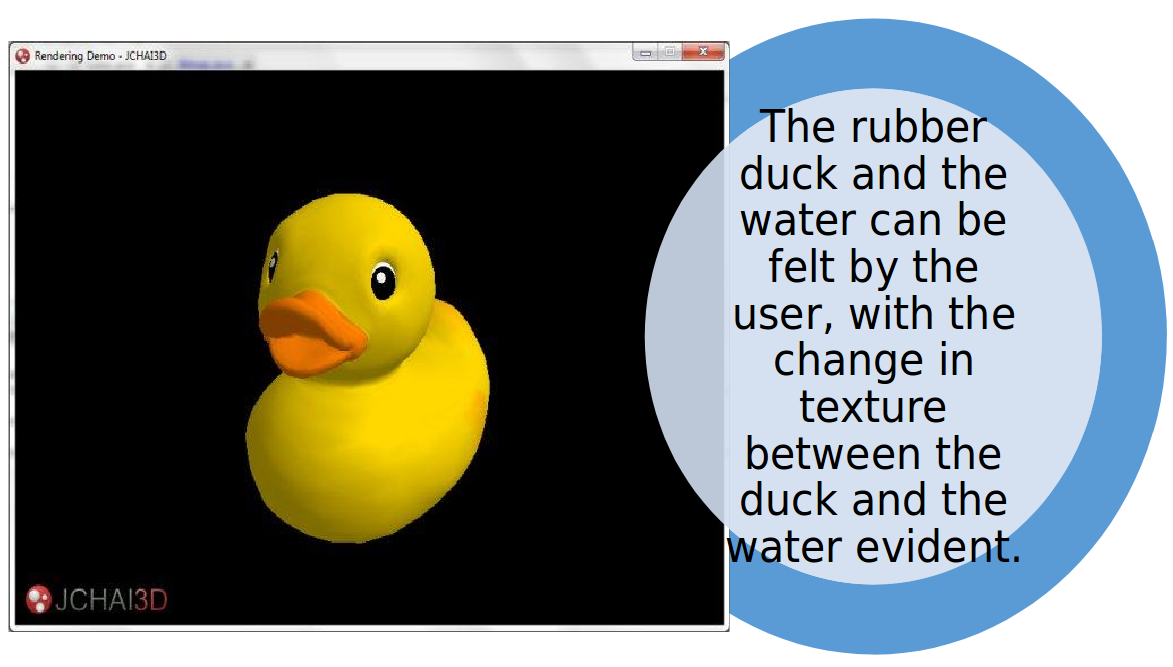Haptics for amputees
Haptics is the science of applying touch to interact with virtual objects. During work experience, 15-year-old Omonye Ifidon discovered how this might be used to assist amputees.
1 August 2017
What is haptics?
Haptics is the science of applying touch to interact with virtual objects. This is also known as tactile feedback from robots or more simply when a robot pushes back. It has previously been used for stroke rehabilitation and for training dentists and surgeons.
How is haptics used?
Peter Snow (PhD) applies haptics to combat a common problem in upper limb amputees: phantom limb pain.
Phantom Limb Pain (PLP) is when amputees feel painful sensations in the limb that has been amputated. This pain could be acute or chronic and the person may feel as though their lost limb is on fire or stuck inside a block of ice. This affects 50-80% of amputees.
This has a crippling effect on day-to-day life and yet very few attempts have been made to combat this because no one really understands the causes of PLP.
One current treatment uses drugs to stop the pain. However, these are mostly ineffective and can cause tiredness and other side effects.
Another method is a visual surrogate, such as a mirror box. This is a simple trick where one hand is mirrored, appearing in the place of the other. This cheap and non-invasive method allows amputees to see a mirrored image of their healthy hand in the place of their amputated limb and carry out simple exercises with it. This can enhance embodiment of the mirrored image and might decrease pain. However, its success in terms of effectiveness and how long the effects last depend on the person, and it is not suitable for everyone.
This method can be enhanced by Virtual Reality (VR) and force feedback, which is where Peter's Haptics project comes in.

How does haptics help?
A combination of Haptics, Sense of Embodiment/Agency and VR is used to create the optimum rehabilitative method to help reduce perceived levels of pain. Haptics assists feeling. Embodiment/Agency assists control. VR assists sight. The process is as follows.
The participant's stump is placed onto the robot and then strapped on. Then electrodes are placed, and the participant is asked to wear a virtual reality headset. The electrodes are used to record muscle activity, which the computer classifies so that the virtual hand opens and closes.
The participant can now carry out various exercises in the virtual environment, such as building towers out of cubes and knocking the towers down. Also, the participant can practice several important daily tasks, such as placing items inside a shopping basket.

In one demonstration of basic haptics technology, I could see a rubber duck floating on water on the screen. Using a haptic handle, I was able to poke and push the rubber duck and feel it move as I pushed it under the water, and as it bounced back.

Progress
The early results of Peter’s project are promising so far, with data clearly reflecting the links with embodiment and pain.
Results also show that the treatment may be far more effective with regular prosthesis users, probably due to the existing sense embodiment and agency.
About Omonye
For five days in July 2017, I was fortunate enough to visit the UCL Aspire Create labs.
Being able to delve into the world of biomedical engineering and see a variety of unique projects that could be used in the future to improve lives was one of the most amazing things I have ever done.
I saw incredible research and met some amazing students, viewing projects that not only were innovative but well thought out and entirely possible to achieve.
 Close
Close

